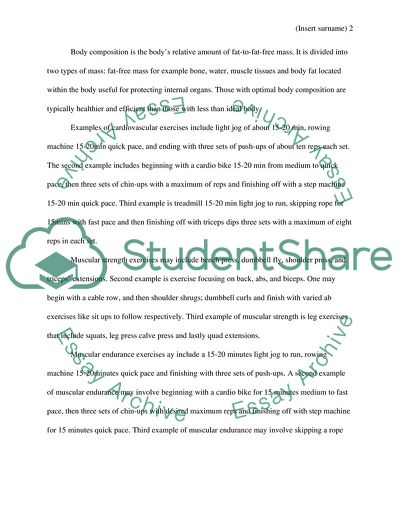Cite this document
(Health Sciences and Medicine Kinesiology: Fitness Coursework, n.d.)
Health Sciences and Medicine Kinesiology: Fitness Coursework. https://studentshare.org/health-sciences-medicine/1856935-kinesiology-fitness-factors
Health Sciences and Medicine Kinesiology: Fitness Coursework. https://studentshare.org/health-sciences-medicine/1856935-kinesiology-fitness-factors
(Health Sciences and Medicine Kinesiology: Fitness Coursework)
Health Sciences and Medicine Kinesiology: Fitness Coursework. https://studentshare.org/health-sciences-medicine/1856935-kinesiology-fitness-factors.
Health Sciences and Medicine Kinesiology: Fitness Coursework. https://studentshare.org/health-sciences-medicine/1856935-kinesiology-fitness-factors.
“Health Sciences and Medicine Kinesiology: Fitness Coursework”. https://studentshare.org/health-sciences-medicine/1856935-kinesiology-fitness-factors.


